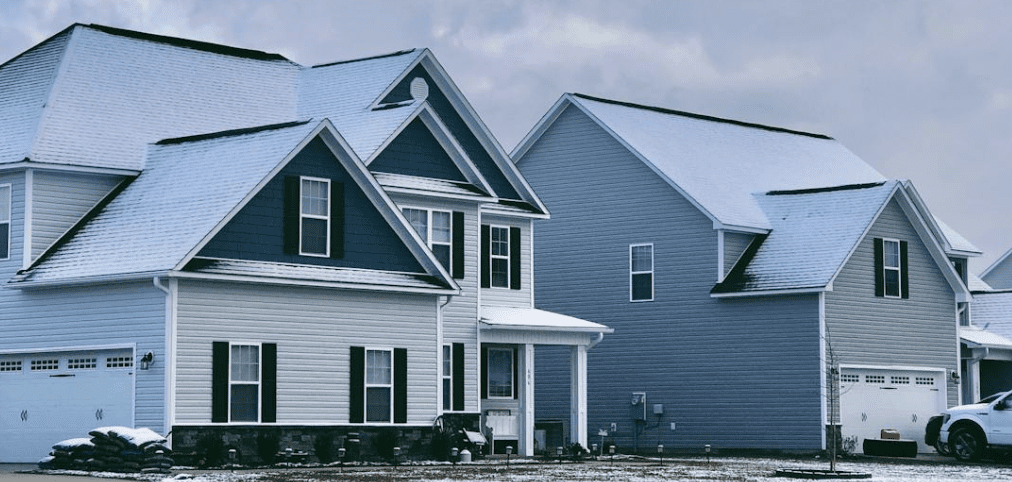Top Tips for Buying Your Second Home
Top Tips for Buying Your Second Home
Blog Article
Buying a Second Home Made Easy
Purchasing a second house is a significant milestone, whether it provides as a secondary escape, an investment home, or even a future pension haven. With increasing need and fluctuating real-estate areas, cautious planning and proper decision-making are necessary to ensure your second house purchase aligns easily with your economic and personal goals. This article explores crucial concerns and steps involved with buying the second buying a second home and renting out the first.

Assessing Financial Preparedness
One of the first steps in preparing for another house buy is doing an intensive financial evaluation. A broad advice is to arrange for a 20% down payment, nevertheless this varies based on industry situations and loan terms. In accordance with U.S. Census knowledge, 65.5% of domiciles in the United States are owner-occupied, featuring the strong need for mortgages.
Lenders typically examine your debt-to-income (DTI) percentage before granting a second-home mortgage. A healthier DTI ratio of 36% or decrease raises your likelihood of securing good loan terms. Also, factor in expenses beyond the mortgage, such as property fees, preservation, HOA expenses, and insurance premiums. According to the National Association of Realtors, holiday homebuyers used a median of $425,000 in 2022, reinforcing the need for precise economic planning.
Determining the Purpose of Your Second Home
The goal of the second house heavily impacts the decision-making process. If you plan to use it as a rental house, study local regulations, potential rental money, and occupancy trends. A 2023 survey by Statista indicated that short-term rental revenue achieved $101.3 million globally, demonstrating the economic possible in that market.
For vacation houses, prioritize locations providing year-round electricity or area to fascinating amenities. Consider facets like leisure alternatives, accessibility, and predicted appreciation in house value. For pension planning, lower-maintenance attributes and communities offering lifestyle amenities may be preferred.
Researching the Industry
Next comes in-depth industry research, which include analyzing property tendencies and selecting a spot that aligns together with your goals. A Zillow record unmasked that property areas in suburban and vacation-centric areas became dramatically in need all through 2021-2023, especially as distant function offered individuals with higher flexibility.
Stay knowledgeable about home value trends in your desired area, tracking gratitude rates over the past decade. Contemplate selecting a local real-estate expert who knows local value drivers and zoning regulations.

Long-Term Preparing
Last but most certainly not least, plan for the extended term. Set aside crisis reserves and assume potential home costs such as renovations, important repairs, or industry fluctuations. Precisely determined investment methods place second-home consumers for equally immediate pleasure and potential economic stability.
Getting your second house is not only a particular decision but an economic obligation requiring innovative preparation. Applying these strategies, homeowners may confidently program their entry in to this satisfying next step. The key is just a mixture of industry study, economic discipline, and clarity of purpose. Report this page